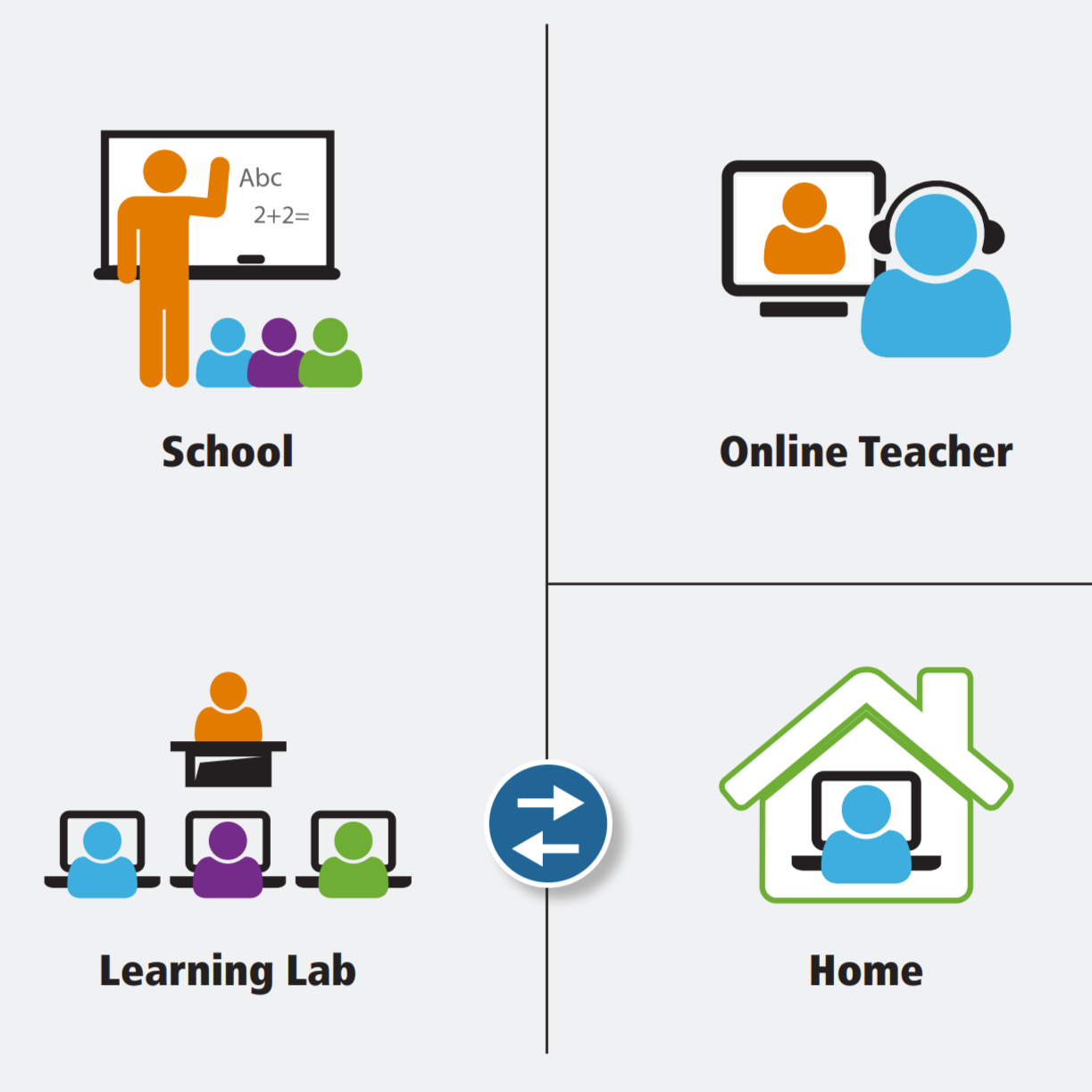OTAN News
How Can Blended Learning Help With What and Who Is Taught?
The follwing is abridged from The What, Why, Who, and How of Blended Learning for Adult Basic Skills Learners (Chapters 3 and 4) written by David J. Rosen and Jen Vanek
Introduction to Blended Learning
"Blended learning is an instructional approach that has a face-to-face class or tutorial integrated with online learning in which students have 'control over time, place, path, and/or pace." Blended Learning Definitions (2019).
Blended learning can boost curriculum by integrating media-rich learning resources and making available supplemental resources which meet the needs of a diverse group of students. This type of learning can "fill gaps in what your current students learn; meeting these challenges also ensures innovative high-quality instruction."
What Is Taught in Blended Learning?
Adult educators facilitate learning with a diverse population of languages, needs, obstacles, and familial responsibilities. What is taught in a blended learning adult classroom? Perhaps an instructor would like to integrate relevant career-related content or employment into an English language or Adult Basic Education (ABE) class. "This content can extend learning to cover what is relevant and immediately useful outside of class."* This personalization of instruction supports individual interest and career areas while learning English and/or other basic skills.
Online resources either inside or outside of a classroom or tutorial each adapt to individual learner needs. These guide learners to become more digitally literate, self-directed, and develop a growth mind-set for future life-long experiences and learning.
Who Is Taught?
ABE programs may "face limitations on the number and range of students programs can serve using current traditional classroom or distance learning structures." People who have limited time to learn, in person, can tremendously benefit from blended learning experiences. For many of our adult learners, educational opportunities cannot be accessed due to life obligations. So, the technology within a blended learning model provides a logistical flexibility to "enable a broader range of content, scheduling, and access to program offerings" dependent upon individual schedules.
In Summary
When thinking about incorporating a blended learning model into an educator's instructional unit, it is important to keep in mind these two challenges – the what and the who-. They can assist with decision making about what blended learning will look like, who it will serve and what is taught that can improve the educational experience for students.
For more information about blended learning, consult these OTAN articles and video presentations.
OTAN News Article: Blended Learning for the Adult Education Classroom
OTAN Video Presentation: TDLS 2022 - Engaging Practices for Remote, Hybrid, and Hy Flex Adult Education Models (David Rosen)


